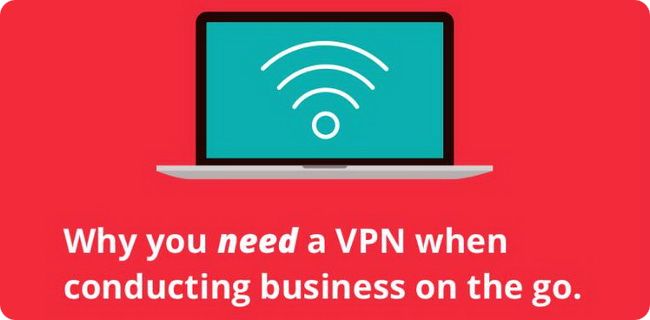How one Team Stopped Using Email

You get in to work after a long weekend and that little number flashes away. 159 unread emails. It’s enough to make you want to turn around and walk out the door again, right? Half of those emails are probably internal—people asking about the status of a project or a whole discussion around a presentation that needs to be done. So how did Jason Dooris, CEO of Australian media agency, Atomic 212, go about getting his team out of their inbox and back to doing what they do best? He cut out internal emails altogether.
For the past four months, the priority for all 75 employees has been to get up out of their seats and go talk to the people who they are working with. Wait a minute, we hear you say? How is any of this documented? How do they keep track of what they need to do? As Jason says, "When you’re looking at an email inbox there are literally hundreds of emails with things for you to do, but they just get lost in the mess.
But it's not just about transitioning to a more transparent and easier way to communicate. Before turning off the internal emails, there was a lack of consideration for life/work balance—after-work emails were starting to become a regular occurrence because colleagues would know that, with modern technology, everyone is always just one notification away.











